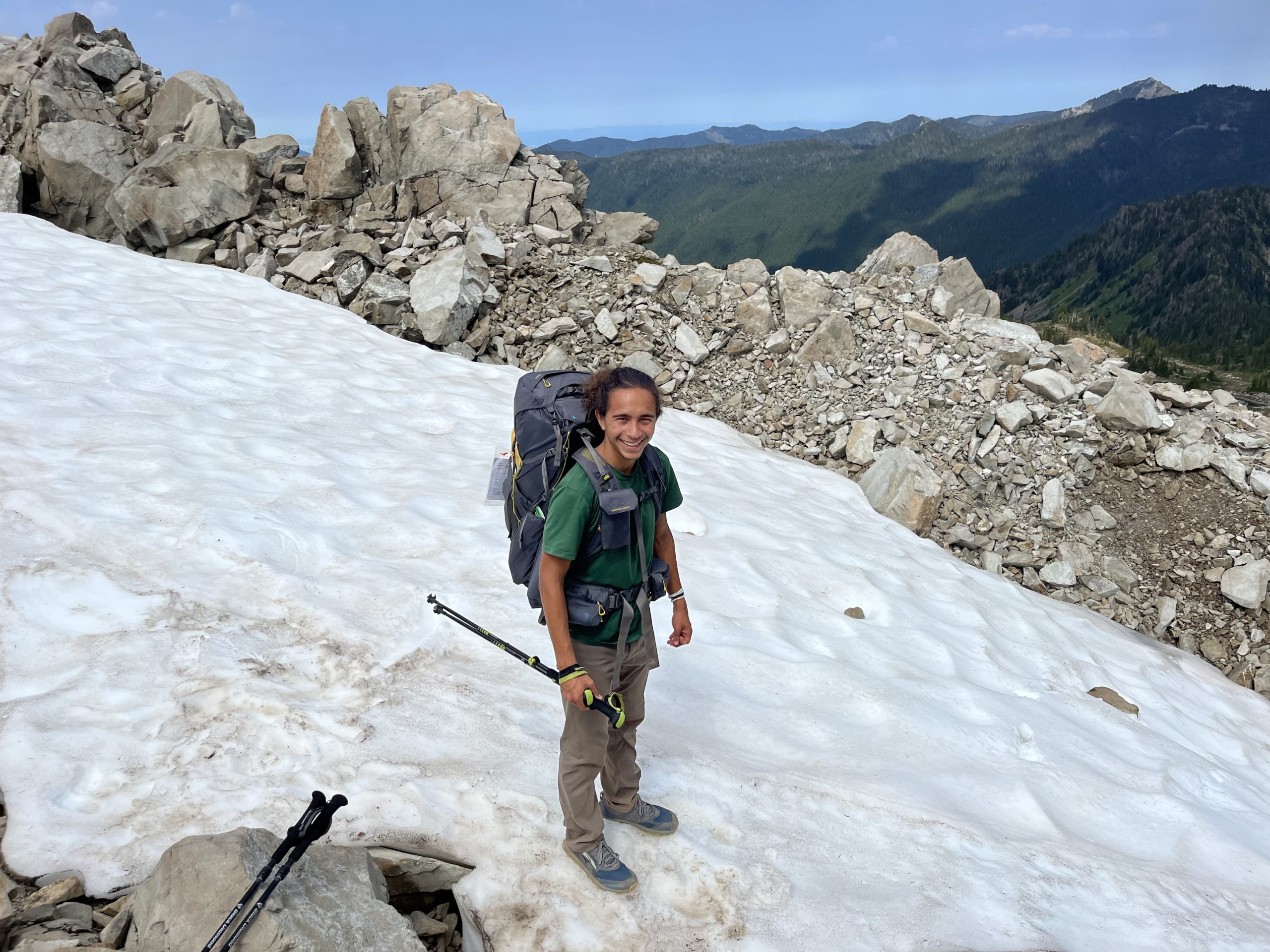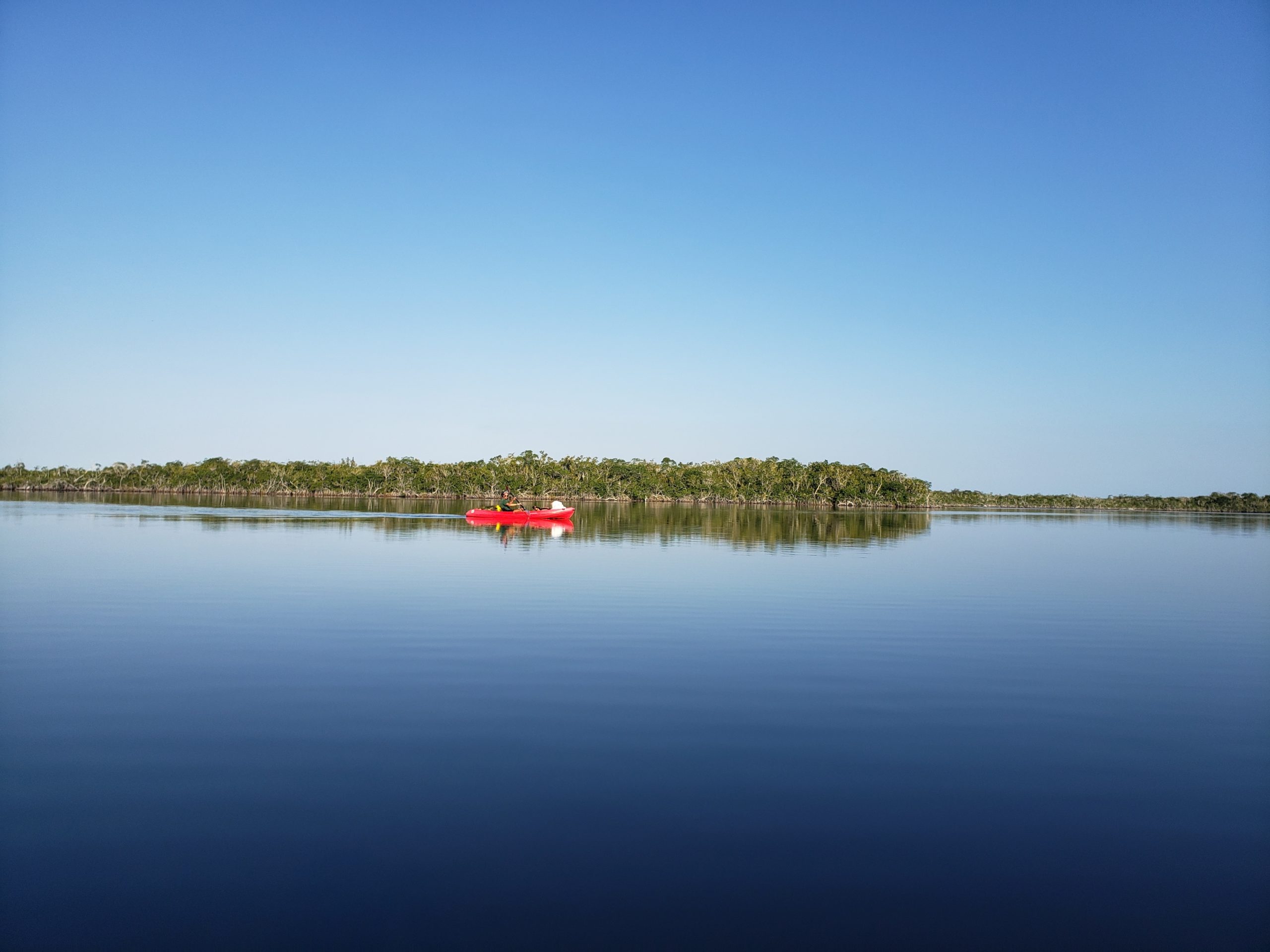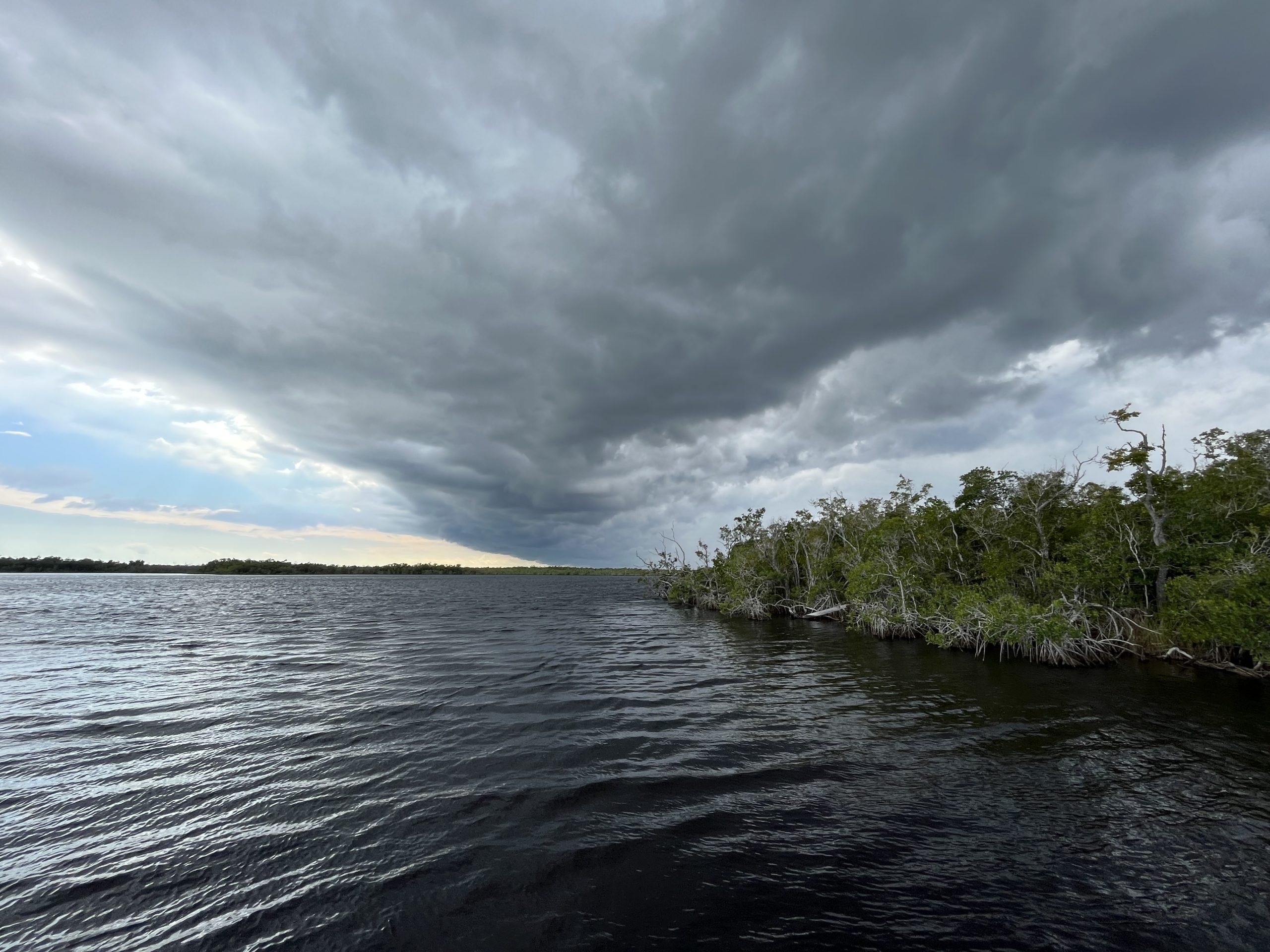Florida Man Paddles with Crocodiles to Prepare for an AT Thru-Hike
 Hello fine readers of The Trek! I’m Emilio and I’m thru hiking the AT starting late spring. I was raised on the Space Coast of east central Florida, trudging through swamps, eating meth for breakfast, catching alligators in subdivisions, and chasing hurricanes. Well, maybe that’s a bit of an exaggeration, but it’s not too far off. I’ve spent 22 years at sea-level exploring the swamps and jungles of Florida. Now, I’m excited to achieve one of my lifelong dreams and start the Appalachian Trail at Springer Mountain in early May.
Hello fine readers of The Trek! I’m Emilio and I’m thru hiking the AT starting late spring. I was raised on the Space Coast of east central Florida, trudging through swamps, eating meth for breakfast, catching alligators in subdivisions, and chasing hurricanes. Well, maybe that’s a bit of an exaggeration, but it’s not too far off. I’ve spent 22 years at sea-level exploring the swamps and jungles of Florida. Now, I’m excited to achieve one of my lifelong dreams and start the Appalachian Trail at Springer Mountain in early May.
For the few months while I anticipate my thru-hike I have planned a couple of shakedowns to test my gear. The first of which was a paddling trip to the Everglades. I know it doesn’t make sense to paddle to prepare for walking 2200 miles, but oh well it’s close enough.
(Note: this article was written with experiences from two paddling trips to the Everglades)
DAY 1
Everglades>Yosemite, Yellowstone, Grand Teton, Glacier….
Unsurprisingly, the Everglades is muggy and buggy, but beautiful in a way that’s difficult to describe. The Everglades don’t have alpine meadows, giant trees, or snow-capped mountains, but the landscape can still take your breath away. Being the third largest national park in the lower 48, it is a massive 1.5 million acres. The northern reaches of the park are filled with expanses of rolling sawgrass with islands of cypress, jungles, and pinelands. As you move south the salty seepage from the tropical Florida Bay fills the swamps and marshes and turns the landscape into a massive mangrove forest. A maze of weaving passageways miles long is created by giant clumps of mangroves growing on the high spots within this sea. From the outside you may think you are looking into a dense forest, but the reality is there may not be solid land for miles.
Within the sea of mangroves lie a few high points where land has emerged. One of these points is Flamingo campground, named for the pink birds that once migrated to the area every year. At the southernmost point of peninsular Florida, the Flamingo campground was our stopping point for the night. We organized our gear and prepared for tomorrow. We set up our tents and fell asleep to the sound of mosquitos.
DAY 2
Accidental Off-Trail Travel
We awoke to no clouds in the sky, but many clouds of mosquitoes lingering around camp. We meandered to the trailhead by mid-afternoon and so did the Florida heat. Although it was winter, Florida weather is always predictably miserable in the mid-afternoon. We hoped that the mangroves would be thick enough to shade some of the sun away and at least keep us down to a low level of skin cancer while we were out.
At first our hopes came true. The tight labyrinth of passages between overhanging mangroves made maneuvering our canoe a challenge, but it did keep the melanoma temporarily at bay. We bounced off the mangrove roots and collided into overhanging branches. Sometimes it was easier to put the paddles down and pull ourselves with the exposed roots. It took a few hours of very slow paddling and many violent collisions, before we realized that the biggest obstacle between the trailhead and our campsite was actually not getting stuck but getting lost.
We were not smart, so we did not bring nautical charts (always bring nautical charts). This meant we had to scour the landscape looking for white PVC pipes that marked our path to the campsites. At first, it was easy to point them out in the narrow passages. But eventually the mangroves thinned out and we began paddling across expansive bays flanked by patches of forest. Every time the mangroves opened up, we ran into a scavenger hunt that always ended in several wrong turns and some backtracking.
This slowed our progress significantly and left us to be cooked medium-well in the beaming rays of sun. We did have a paper map, but it’s difficult to determine where you are when the whole landscape is made of amorphous blobs of green and blue. All we could do was continue to follow the PVC pipes and hope that our floating campsite, or chickee, turned up before the sun turned down. If we didn’t make it to camp before sunset, we would most likely be in for a long night tied to some mangroves waiting for morning. Luckily, our superior paddling skills didn’t let that happen and we floated into camp just as the sun sank below the tops of the mangroves.
Our chickee sat on a dock along an open bay about 6 miles from the trailhead. It was deep within the mangrove forest and as the sun came down the wildlife came out. We saw our first crocodile floating through the bay and flocks of birds called all night. The splash of manatees even awoke us from our sleep.
DAY 3
The Frigid Florida Winter
Who knew mosquitoes could be so loud. Waking up this morning was tough. I had dozens of unwelcome houseguests buzzing the doorbell of my tent trying to suck my sweet precious blood. After failing to wait for the sun to send the mosquitos away, I got hungry and crawled out of tent for some breakfast; swatting away persistent swarms of malaria as I ate.
We had a slow start to the day. We only had to paddle two miles back towards the trailhead to reach our next campsite. So, we decided to do some exploring. We cruised around some of the islands near the campsite looking for crocodiles. And for a moment we found one, before it dove back into the murky water. Its giant grey body disappearing into the darkness behind its armored, tooth-filled head. The crocodiles were followed by a pod of dolphins using a unique hunting method. In the Everglades, dolphins use their tails to stir up the mud and trap fish within curtains of muck. Of course, to us it just looked like a some splashing and flurry of fins, but a great view for a break from paddling.
We finished up exploring early and made it our floating campsite just as a wall of menacing clouds brought a cold wind over the mangroves. The wind whipped up white caps which threatened to breach the sides of our canoe as we pulled up to the chickee. While dark and foreboding, very little rain fell that afternoon and we enjoyed drinking beers in the pleasantly cool weather. This pleasant weather did not last.
We are cold-blooded Floridians. We get cold very easily. I did not expect to need warm clothes at the southernmost tip of the warmest state in the union, but the temperature dropped quick. So, we huddled into our tents, whining about the warmest weather in the Lower 48. After a not so cold night of sleep it was time to finish up our adventure. In the morning, we paddled back through the tight maze of mangroves to the trailhead and began the long drive back to school.
Paddling is backpacking adjacent so I will count it as AT preparation and chalk that up to a win. Only 2 more months until I am on trail to Katahdin!
This website contains affiliate links, which means The Trek may receive a percentage of any product or service you purchase using the links in the articles or advertisements. The buyer pays the same price as they would otherwise, and your purchase helps to support The Trek's ongoing goal to serve you quality backpacking advice and information. Thanks for your support!
To learn more, please visit the About This Site page.

 ">
">







Comments 3
I walked the Santiago de Compostela 30 days from France to Spain 800 Kms I really wanted to walk the Appalachian T but alas never had enough money and now I’m 60 and I suffered a stroke so could never complete my bucket list another list item was to swim with a dolphin and hold a chimpanzee but this is not going to happen now
I’m very sorry and I wish you luck